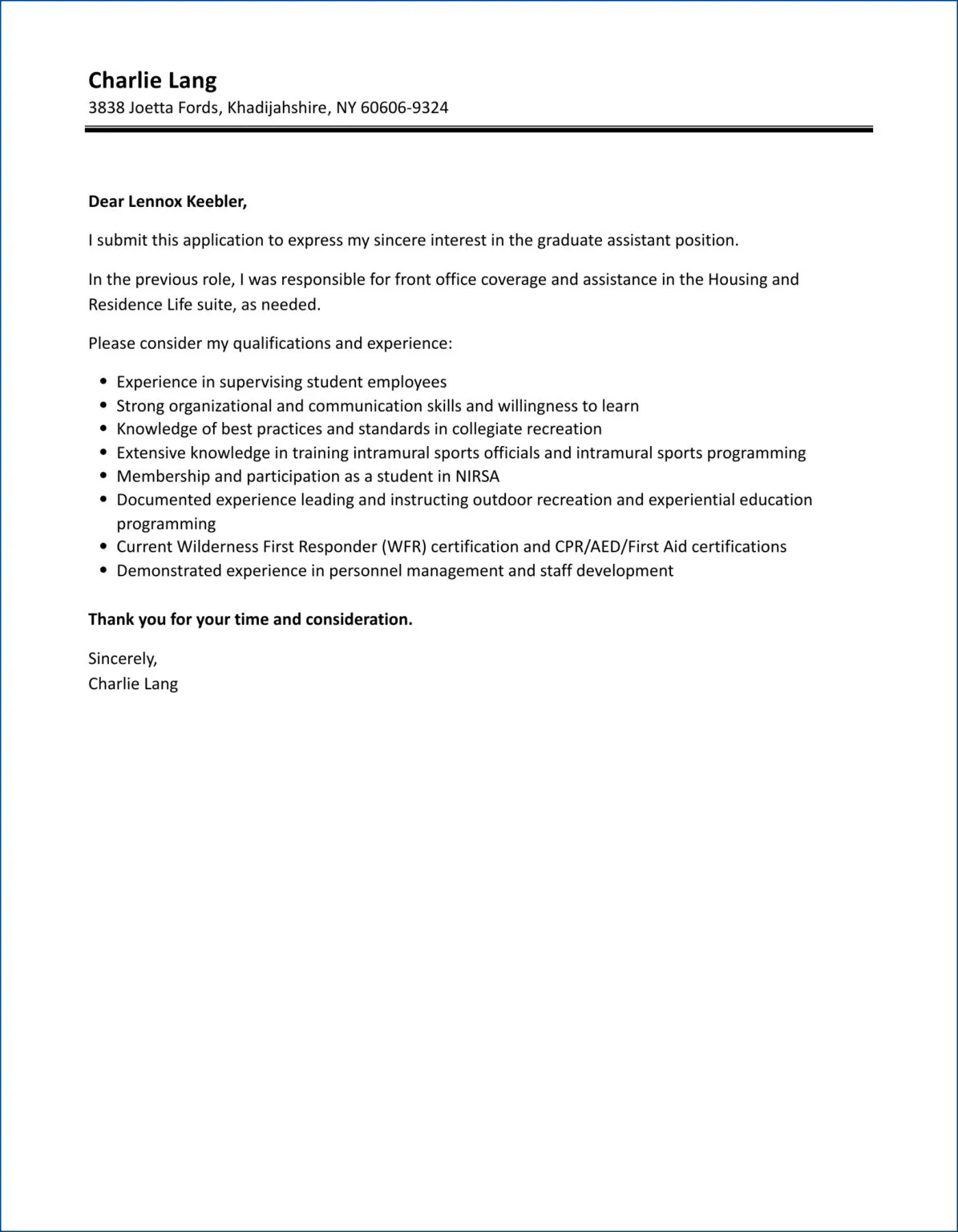The Importance of a Dermatology PA Cover Letter
In the competitive field of dermatology, a well-crafted cover letter is your first opportunity to make a positive impression on potential employers. It serves as a crucial introduction, supplementing your resume and giving you the chance to showcase your personality, skills, and enthusiasm for the position. A strong cover letter can set you apart from other applicants and significantly increase your chances of landing an interview. It’s more than just a formality; it’s a strategic tool to demonstrate your suitability for the role and your genuine interest in the specific dermatology practice or clinic.
Why a Cover Letter is Crucial
A cover letter provides context to your resume, allowing you to elaborate on your experiences and explain why you are the ideal candidate. It gives you the space to address the specific requirements of the job posting and tailor your qualifications to meet the employer’s needs. This is where you can demonstrate your understanding of dermatology, your passion for patient care, and your commitment to the field. A cover letter helps you to highlight the most relevant aspects of your background, making it easier for the hiring manager to see how your skills and experiences align with the position. A well-written cover letter shows that you’ve taken the time to understand the role and the company.
Highlighting Your Skills and Experience
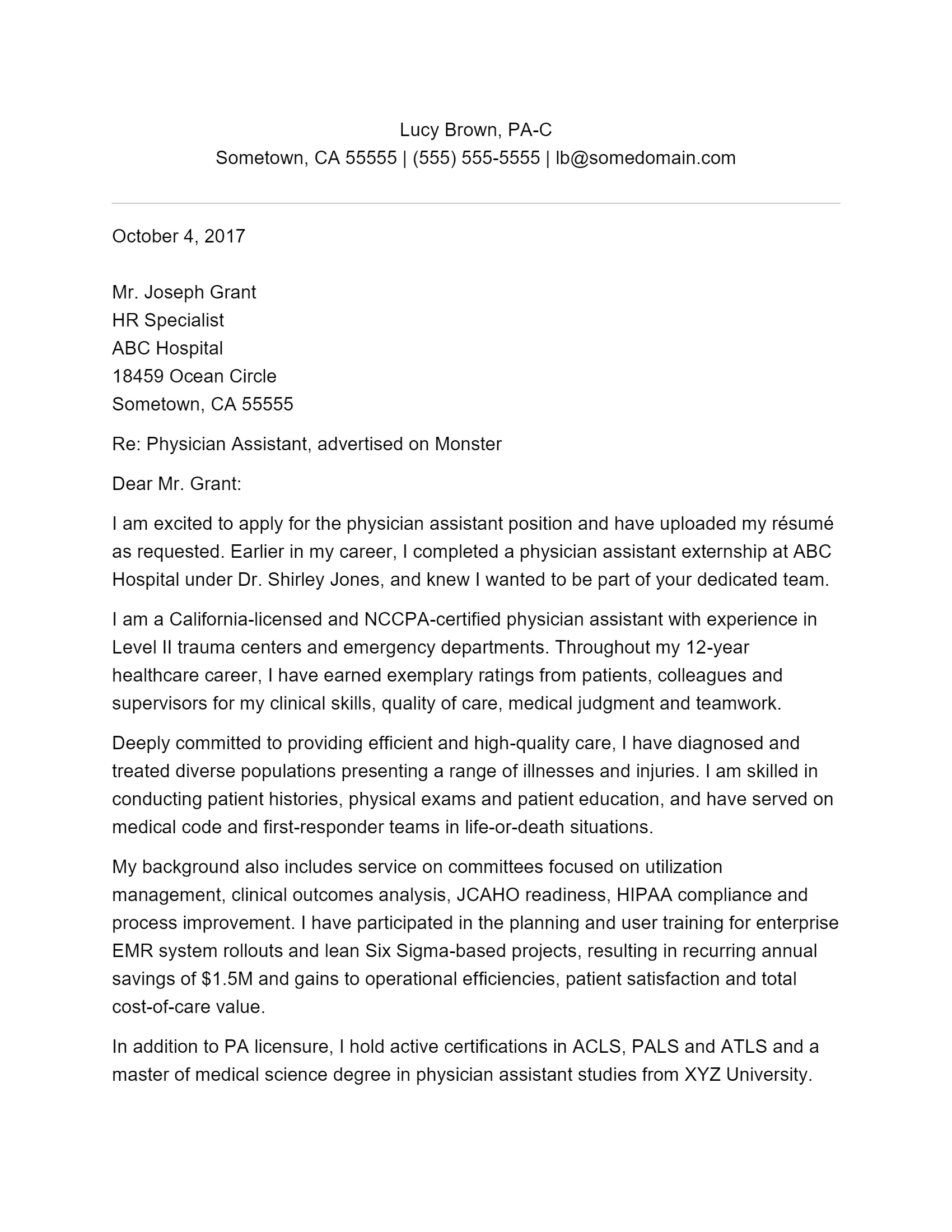
A cover letter is the perfect place to showcase your skills and experience in a way that goes beyond a list of bullet points. Use it to provide specific examples of how you’ve applied your knowledge and abilities in previous roles. Describe situations where you’ve successfully diagnosed and treated dermatological conditions, collaborated with other healthcare professionals, or provided excellent patient care. The aim is to present a compelling narrative that demonstrates your competence and highlights your value as a dermatology PA. Think about what makes you stand out – any specialized training, research experience, or particular areas of interest within dermatology should be emphasized.
Key Components of a Dermatology PA Cover Letter
Header and Contact Information
Begin your cover letter with a professional header that includes your full name, contact information (phone number and email address), and the date. If you know the name of the hiring manager, include their name and title. This ensures that the recipient knows who the letter is from and how to contact you. Proper formatting and attention to detail in this section set a professional tone from the beginning. Use a clear, readable font and ensure that your contact details are accurate and up-to-date to avoid any communication issues.
Personalized Salutation
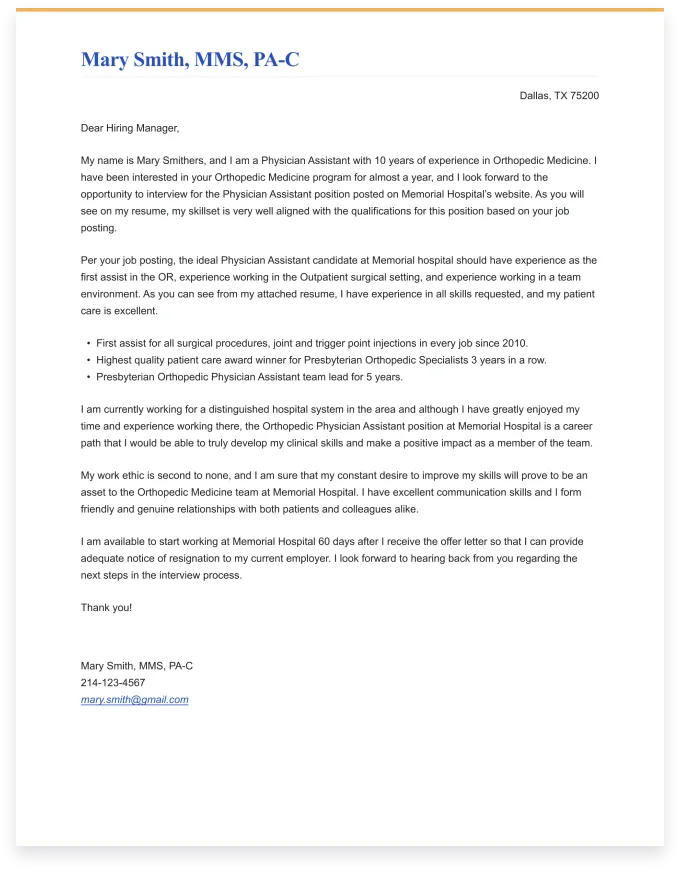
Address the hiring manager by name whenever possible. Research the company and the specific hiring manager to find out their name. A personalized salutation, such as “Dear Dr. Smith,” or “Dear Mr. Jones,” demonstrates that you’ve taken the time to research the practice and aren’t simply sending a generic letter. This shows that you care about the specific opportunity and are not sending a mass application. If you are unable to find a specific name, use a professional alternative, such as “Dear Hiring Manager,” rather than a generic salutation.
Opening Paragraph Crafting
Your opening paragraph should immediately grab the reader’s attention. State the position you are applying for and briefly mention where you saw the job posting. Express your enthusiasm for the opportunity and the practice or clinic. Use a hook to draw the reader in—perhaps by mentioning a specific skill or experience that aligns with the job requirements or by expressing your admiration for the practice’s reputation. The goal is to create an immediate positive impression and make the reader want to continue reading your letter.
Body Paragraph: Showcase Your Value
The body paragraphs are where you highlight your skills, experience, and qualifications in detail. Focus on demonstrating how your background aligns with the job requirements. Use specific examples to illustrate your abilities. For instance, describe situations where you successfully diagnosed and treated dermatological conditions, collaborated with other healthcare professionals, or provided exceptional patient care. Quantify your achievements whenever possible, using numbers or data to demonstrate the impact of your contributions. Tailor your descriptions to match the specific needs and values of the practice or clinic.
Highlight Relevant Experience
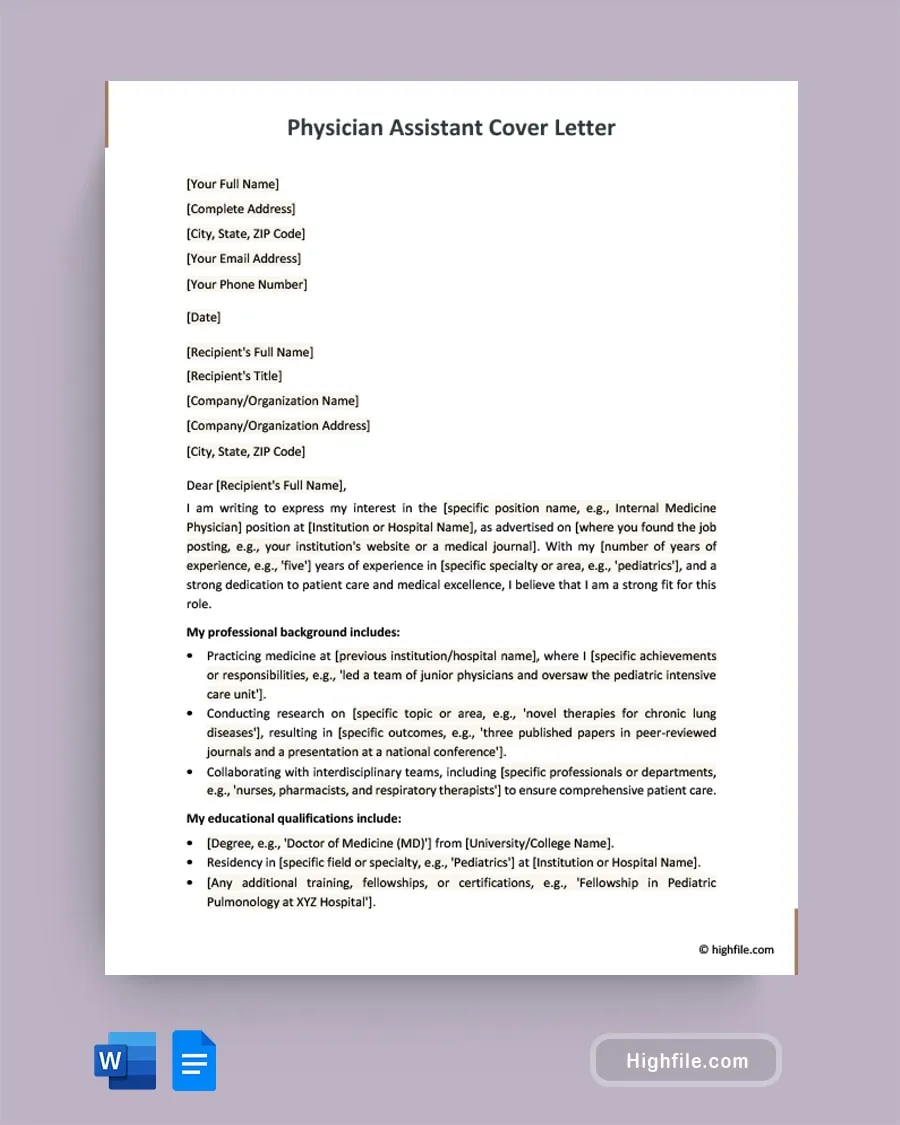
When highlighting your experience, focus on the most relevant roles and responsibilities that align with the job description. Mention any specialized training, certifications, or areas of expertise that are valuable in dermatology, such as experience with specific procedures or technologies. Provide specific examples of your accomplishments, such as a successful diagnosis or positive patient outcomes. Use action verbs to describe your activities and accomplishments, and quantify your achievements to demonstrate your impact. Emphasize any experience with electronic health records (EHR) or patient management systems.
Emphasize Skills and Achievements
In your body paragraphs, make sure to showcase both your hard and soft skills. Highlight technical skills, such as experience with various dermatological procedures or diagnostic techniques. Also, emphasize your soft skills, such as communication, teamwork, and problem-solving abilities. Share specific examples of how you have used these skills to achieve positive outcomes. For instance, you can describe a situation where you effectively communicated with a patient about a complex diagnosis or how you collaborated with a team to improve patient care.
Body Paragraph: Express Enthusiasm
Throughout your cover letter, express your enthusiasm for the position and the practice. Show your genuine interest in dermatology and in the specific opportunity by mentioning the practice’s reputation, values, or recent achievements. Explain what attracts you to the clinic and why you believe you are a good fit for their team. This passion will make you more memorable and demonstrate your long-term commitment to the field. Make it clear that you are excited about the prospect of contributing to their team.
Closing Paragraph and Call to Action
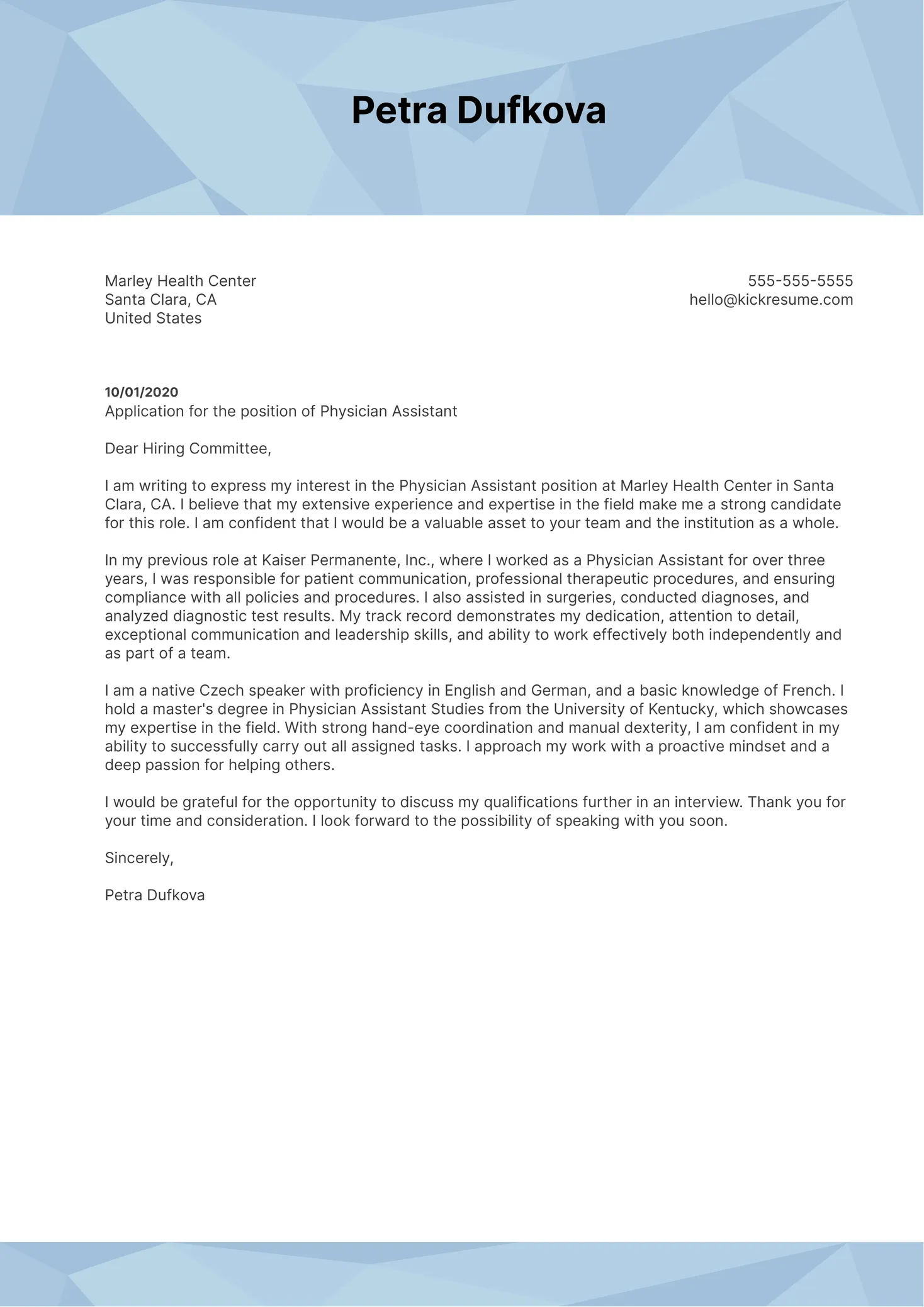
In your closing paragraph, reiterate your interest in the position and thank the hiring manager for their time and consideration. Express your availability for an interview and provide your contact information once more. End with a professional closing, such as “Sincerely,” or “Best regards,” followed by your full name. This is your final opportunity to make a positive impression and leave the reader with a clear call to action, encouraging them to take the next step and contact you.
Formatting and Structure Best Practices
Font Choice and Readability
Choose a professional and easy-to-read font, such as Times New Roman, Arial, or Calibri. Ensure that the font size is between 10 and 12 points for optimal readability. Maintain consistent formatting throughout the document, including spacing, margins, and alignment. Use clear headings and subheadings to organize your content and guide the reader through the letter. Use white space effectively to break up text and improve readability. Well-formatted content is easier for the hiring manager to read and comprehend, improving the overall impact of your application.
Length and Tone Considerations
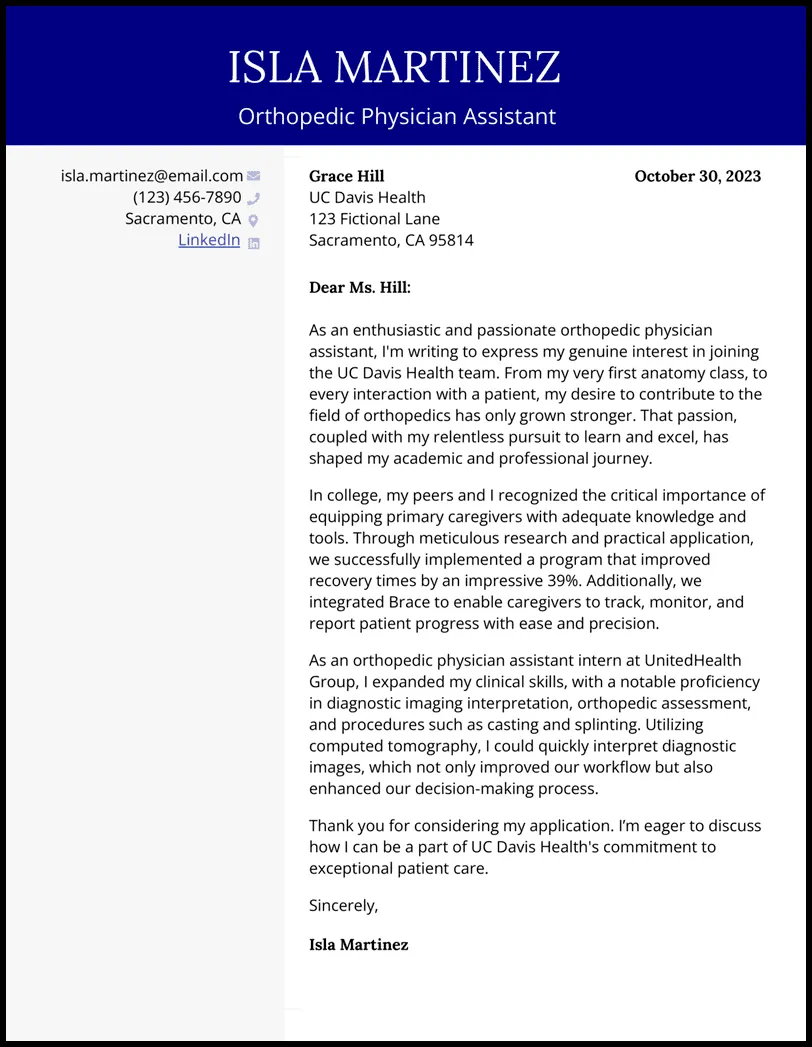
Keep your cover letter concise, ideally no more than one page. The tone should be professional, enthusiastic, and confident. Use a formal and respectful tone when addressing the hiring manager. Avoid using jargon, slang, or overly casual language. Tailor your tone to match the specific practice or clinic. Demonstrate a professional demeanor, reflecting your understanding of the role and your respect for the organization. Be positive and enthusiastic throughout.
Proofreading and Editing for Perfection
Common Mistakes to Avoid
Carefully proofread your cover letter for any grammatical errors, typos, or inconsistencies. Ensure that the letter is free of spelling mistakes, punctuation errors, and other errors that could undermine your professionalism. Use a grammar checker to identify any potential issues. Have a friend, family member, or career counselor review your cover letter to provide an extra layer of scrutiny. A polished cover letter demonstrates your attention to detail and your commitment to excellence. Common mistakes to avoid include using generic language, making unsupported claims, and including irrelevant information.
Cover Letter Examples and Templates
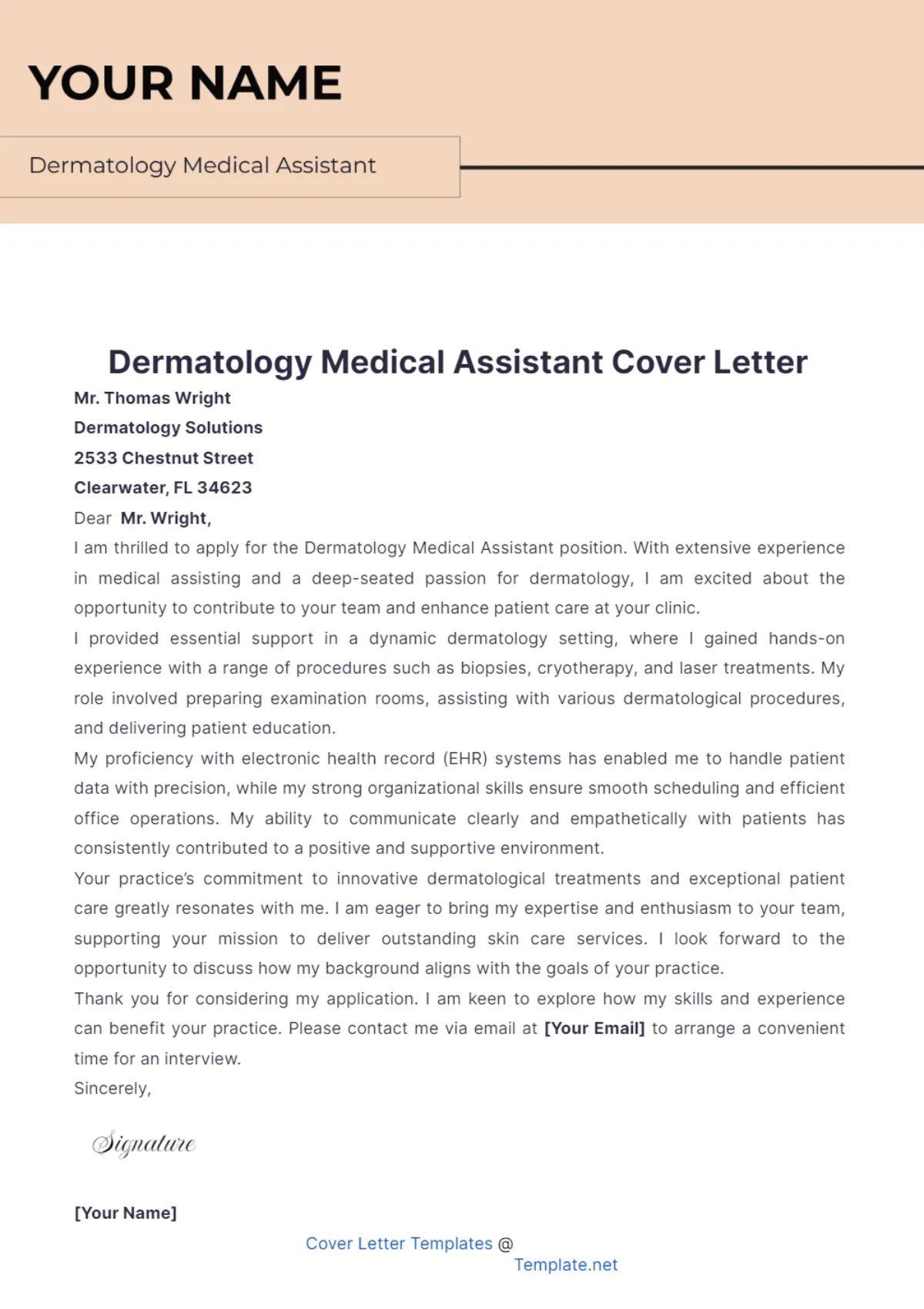
Where to Find Examples
Utilize cover letter examples and templates to guide your writing process. Numerous online resources, such as career websites, job boards, and professional organizations, offer templates tailored to various professions, including dermatology PA positions. Review multiple examples to get ideas on formatting, language, and content. Consider the tone and style used in these examples and adapt them to your own experiences and preferences. Examples can provide a starting point for crafting your letter and help ensure that you include all necessary information.
Template Customization Guide
While templates provide a helpful framework, it is essential to customize them to match your specific background and the requirements of each job posting. Tailor the content to reflect your unique skills, experience, and accomplishments. Replace generic phrases with specific details from your resume and tailor your cover letter to the particular practice or clinic you are applying to. Show how your qualifications match the specific job description. Make sure that the template aligns with your personality and writing style. The more customized your cover letter, the more likely you are to impress the hiring manager.
Final Steps Before Submission
Before submitting your cover letter, double-check the following details: Ensure that you are submitting the correct version of the cover letter for the specific job. Verify that the contact information is accurate and up-to-date. Make sure you have addressed the letter to the correct person. Check for any formatting errors or inconsistencies. Proofread the document one final time for any typos or grammatical errors. Ensure that your cover letter is in the required format and is ready for submission. Following these final steps increases the chances of making a positive first impression.
